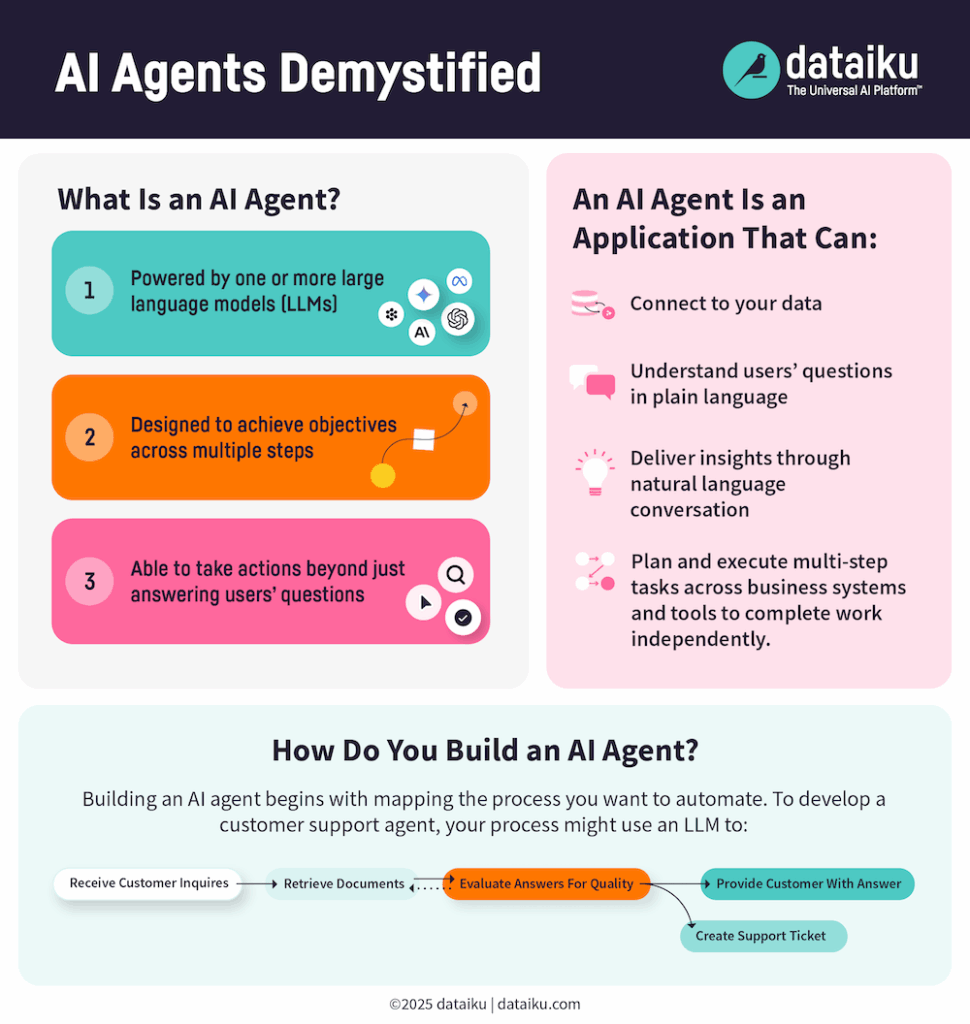The rapid development of generative AI is putting managers worldwide under enormous pressure to act. According to the latest Global AI Confessions Report, 69% of German CEOs fear that failed AI strategies will lead to management changes by the end of 2025. At the same time, experts are warning of the growing phenomenon of AI washing, meaning the misleading marketing of supposed AI solutions without any real added value.
At 39%, German CEOs are the most likely in an international comparison to believe their AI efforts are more show than substance. Companies urgently need strategic approaches to distinguish genuine AI transformation from shallow tech marketing – and to generate lasting business value.
The AI washing dilemma: how pressure fuels bad decisions
AI washing primarily occurs under competitive pressure, when companies tend to be reactive. A typical result is the hasty deployment of isolated or generic solutions that don’t fit the company’s specific processes and needs. This practice reflects a deceptive marketing tactic: companies exaggerate – or entirely fabricate – the role of AI to appear more innovative. Amazon famously illustrated this with its “Just Walk Out” technology. Despite being marketed as fully AI-driven, nearly 1,000 workers in India manually reviewed about 75% of all transactions. These cases highlight how innovation pressure can fuel exaggerated tech claims – while simultaneously eroding trust in real AI progress.
From business value to technology – not the other way around
AI primarily serves as a driver for optimizing or redesigning existing business processes and for supporting strategic priorities. The strategic approach must therefore always be derived from the business objectives and not from the technology itself. Successful implementations begin with the identification of areas of application with high potential, such as quality assurance in production, personalization of the customer approach, more targeted research and development and the integration of intelligent algorithms into core products and services. A recent PWC study shows that the German economy could grow by 0.4 to 0.7 percent annually through the use of GenAI alone. By 2030, this would correspond to an additional potential GDP of up to 220 billion euros.
Democratization and costs of AI development
It’s crucial to empower business units to implement use cases independently in a controlled environment. To this end, it is worth investing in holistic AI solutions that bring different people together in a standardized environment. These offer control, compliance and transparency, while also enabling the selection of the best solution for each use case.
One ongoing challenge is to make the specific ROI of AI measurable for the organization. In contrast to classic AI use cases, where a large part of the costs are incurred during the initial training of the models, ongoing costs of GenAI use cases are often higher – and harder to predict. Each new interaction with a chatbot incurs costs: while open source AI eliminates license fees, infrastructure and maintenance costs (e.g. for cloud resources and ops personnel) incur significant expenses (although costs are expected to decrease as models become more efficient). Commercial models offer predictable scalability, but carry the risk of exponentially increasing (token/) usage costs (here too, costs are falling noticeably thanks to more efficient models and competition).
Transparency as a success factor
Companies need transparency about the added value and costs of their GenAI use cases. This also includes the option of proactively restricting or completely stopping certain use cases, for example through cost limits at user, group or application level. More than a third of companies already have a dedicated budget for GenAI and are therefore accountable to senior management. According to a survey of 400 leading AI experts by Databricks and Dataiku, 21 percent of IT executives do not specifically measure the ROI of GenAI at all. The challenge often lies in the fact that not just one AI application, but several are used per company. If these also operate independently of each other, it becomes difficult to maintain an overview and measure their added value consistently.
Holistic AI solutions provide a remedy for the corresponding governance challenges. Such integrated applications are now standard and are primarily offered as hosted services. 85% of respondents are already actively using them or are examining their benefits. In addition, dedicated data managers in companies can help to make the actual added value of AI visible.
Modernization of the tech landscape
According to their own information, more than half of companies do not have a homogeneous company-wide database or standardized data management due to data silos and inconsistent data. 96% of companies are therefore focusing on establishing or expanding data platforms in order to achieve better data interoperability. However, data quality remains the biggest hurdle: 58% of IT managers cite inadequate data quality as the main obstacle to their AI projects.
Holistic solutions that can natively access various data sources with appropriate security offer an optimal opportunity to democratize the effort required to improve data quality. Data access and quality will become even more relevant in view of the upcoming implementation of AI agents. Only with access to data across silos (e.g. data from SAP, Salesforce, ServiceNow) can AI agents truly fulfill their promise of automating an end-to-end process.

Prerequisites for sustainable AI implementation
A successful AI transformation requires the integration of the entire workforce. Analyses identify four core measures for trust-based implementation: authentic leadership commitment in which managers act as role models, differentiated talent identification through the targeted promotion of “early adopters”, i.e. employees with a pronounced affinity for AI, function-specific qualification programs with a focus on practical applications in the respective work context and the establishment of a culture of innovation that encourages experimentation in order to promote cross-functional collaboration between different areas of the company.
Conclusion: Sustainable AI strategies beyond the hype
Managers need to shift their focus from technology-driven to use case or process-specific strategies, establish robust governance structures and invest in the skills development of their workforce. Centralized platform solutions offer the decisive advantage of a uniform infrastructure that ensures control, transparency and scalability without restricting the necessary flexibility in technology selection. Only in this way can companies realize real competitive advantages through AI instead of succumbing to the superficial marketing trend of AI washing.



